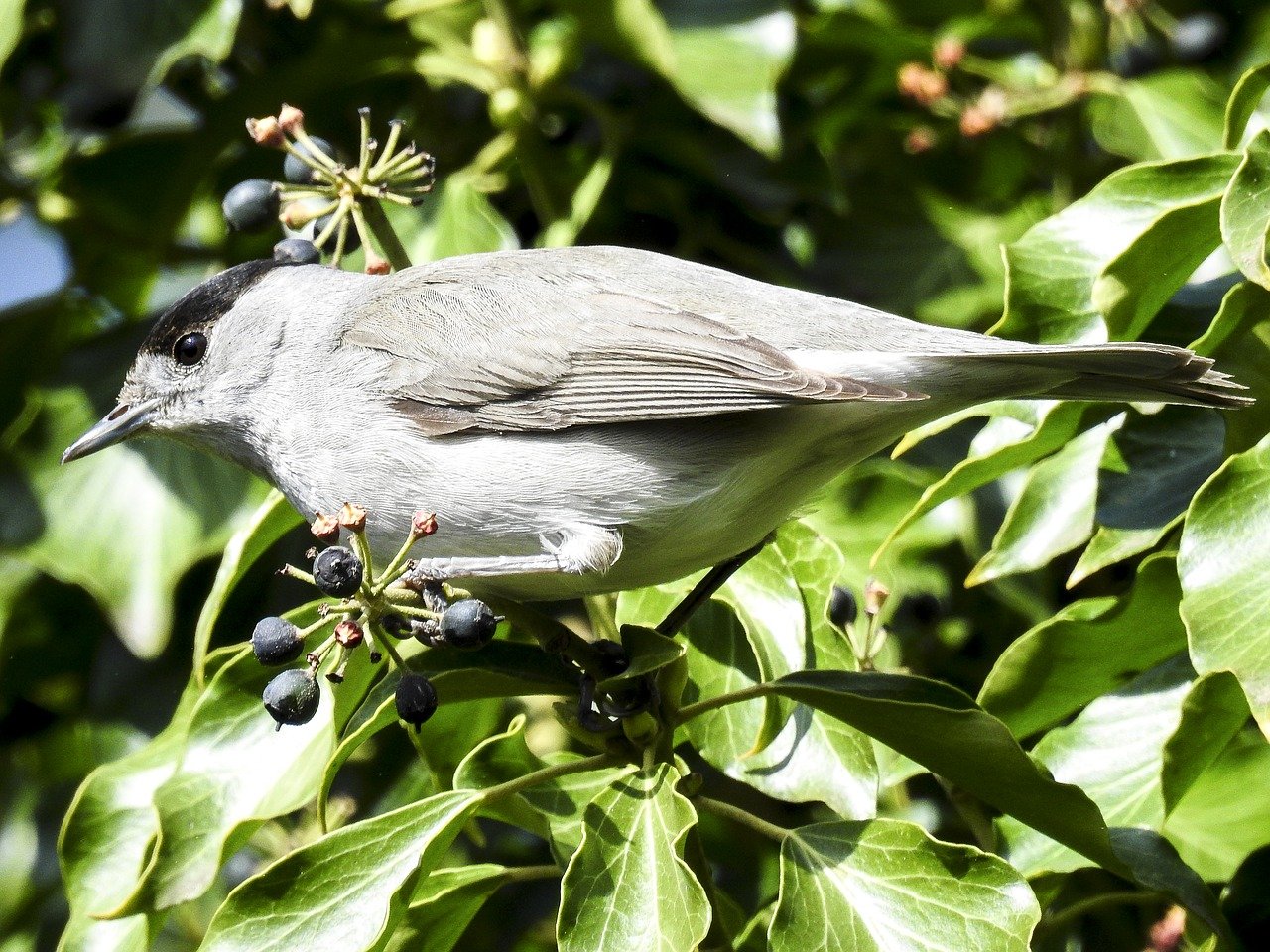Occurrence of Continental Blackcaps Sylvia atricapilla in northern Europe
DOI:
https://doi.org/10.34080/os.v19.22660Keywords:
population studies, migration, bird ringing, bird banding, ringing recoveries, biometrics, winter ecologyAbstract
A recent increase of wintering Blackcaps in Scandinavia is suspected to derive from migration from central Europe. We used ringing recoveries to determine their origin. Because Blackcaps breeding in Scandinavia have longer wings than more southern Blackcaps, we also analysed wing length data from seven Nordic bird observatories to see whether there was an influx of short-winged, probably continental Blackcaps. The results showed that Scandinavia is now a part of the Blackcap’s regular wintering range. As many as 17% of Blackcaps ringed in Sweden and found again during the same autumn were recovered north of an E–W axis. This is an outstandingly high figure compared to 0–7% in some other species. A strong significant difference in dates of ringing was discovered between “long-winged” (>73 mm) and “short-winged” (<74 mm) Blackcaps. An influx of short-winged Blackcaps started in late September and this was more pronounced in Norway than in Sweden and Finland. It is probably these birds, not Scandinavian breeders forestalling migration, that are observed at bird tables during the winter.
Downloads

Downloads
Published
How to Cite
Issue
Section
License
The copyright of each contribution belongs to the author(s), but all contributions are published under a Creative Commons license, so that anyone is free to share and reuse the contribution as long as the copyright holder is attributed.







